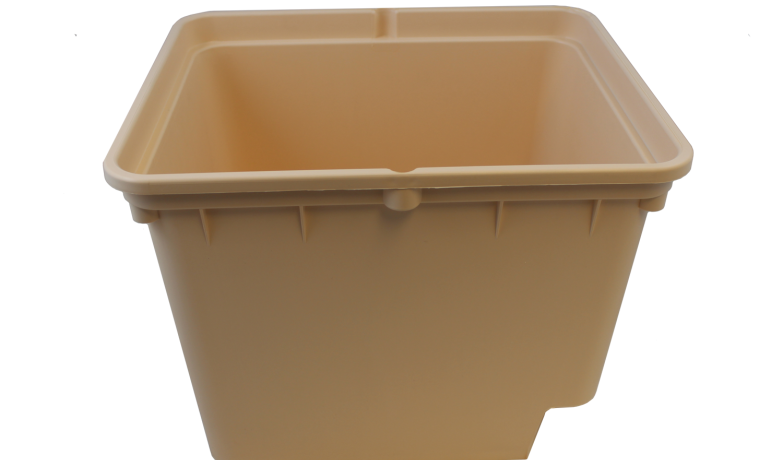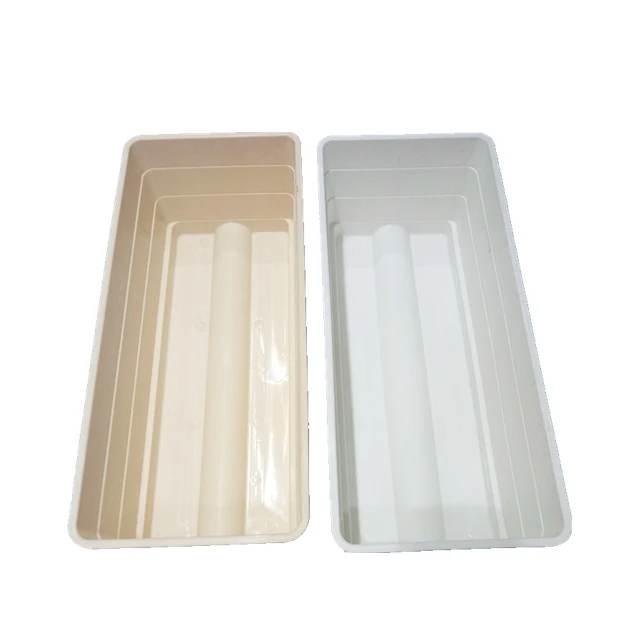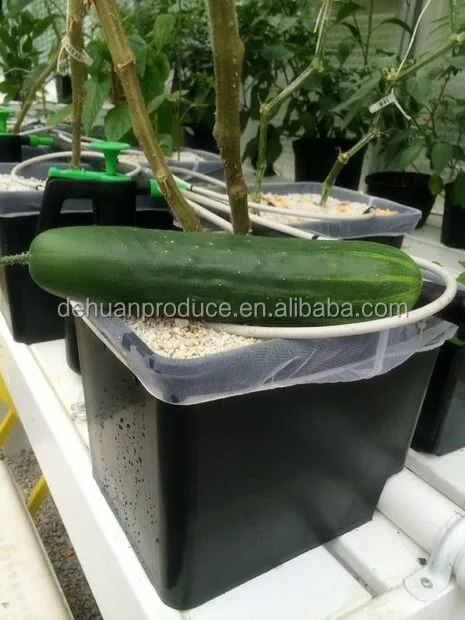


There are also drippers that drip from a height, but I just have an impression that the arrow dripper is the way to go. Reason for getting: This is the only arrow dripper available in our market and they are from China. Two barb connector for the irrigation hose (10 pcs.) - $ 0.51Īrrow dripper for irrigation fit for 3mm/5mm hose (20 pcs.) - $1.31 Reason for getting: I can't really find much references in the hose diameter needed for my tomato dutch bucket set-up, but my gut feel tells me it's sufficient.

Would also love some advice on this one.ġ0 meter long irrigation hose 3mm (inside diameter) / 5mm (outside diameter) - $1.86 But based on my estimates the 200L/h or 50 GPH strength is good enough. I don't know if I should get a stronger pump to make it future-proof and not spend more in the future if I do plan something like a 10 bucket system. Reason for getting: I thought it was convenient to buy from the same store and that it already had a built in timer for the watering schedule. Question: Is the 20L reservoir big enough for this set-up?Ģ00L/h (equivalent to 50 gallons per hour) pump with timer - $11.02 The listing says it is also food grade so I guess it should be safe from harmful chemicals, hopefully.Ģ0L reservoir tub (with pump inflow hole and outflow hole) - $8.47 Reason for getting: Black to prevent algae growth (based on readings), but I do not know if the extra heat absorbed by the black color will cause the bucket to absorb unwanted heat.

It has been a couple of days since I started to read on Hydroponics and I have decided to do a simple Dutch Bucket System to start things off without spending a huge amount before knowing if I will be able to grow something successfully.ġ2L buckets (3 gallon buckets equivalent) - $9.6 total ($3.2 each) The nutrients in hydroponics can come from an array of different sources these can include but are not limited to byproduct from fish waste, duck manure, or normal nutrients. Terrestrial plants may be grown with only their roots exposed to the mineral solution, or the roots may be supported by an inert medium, such as perlite or gravel. Feed plumbing for the bato Dutch Bucket includes 0.5″ poly pipe feed line reduced to 5/3 mm feed tube using 0.5 gpm emitters, and finally barbed stakes connected to the 5/3 mm feed tube anchor the feed line to the growing media.ĥ.Hydroponics - a subset of hydroculture, the method of growing plants without soil, using mineral nutrient solutions in a water solvent. The plants are fertilized using the Nutrient Injection System, which pulls a concentrated nutrient solution from fertilizer tanks at predetermined ratios and then injects the nutrient solution through the feed plumbing lines on intervals ranging from 3 minutes ON every 20 minutes to 1 minute ON every 30 minutes, depending on the season and maturity of the crop. Product Detail Features Advantages Project Show Product Tagsīato Dutch bucket for greenhouse is optimized for large, vining crops, such as tomatoes, cucumbers, eggplants, and peppers.Includes 21.6 L Bato buckets which measure 48cm*26.2cm*25cm.Sold with a two-piece elbow which connects the base of the bucket to the drainline through this channel excess nutrient solution can drain off while preventing root growth from clogging the drain line.


 0 kommentar(er)
0 kommentar(er)
